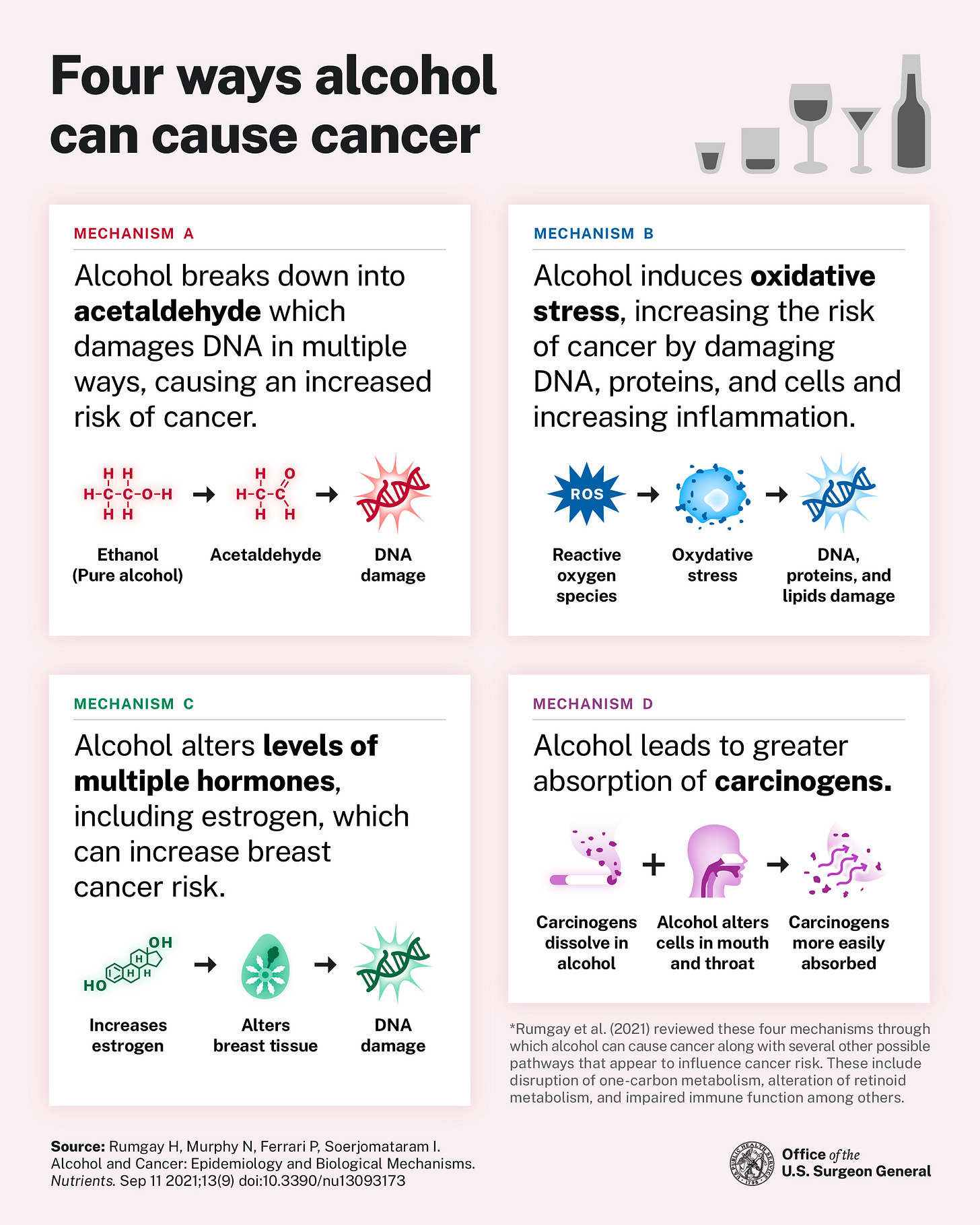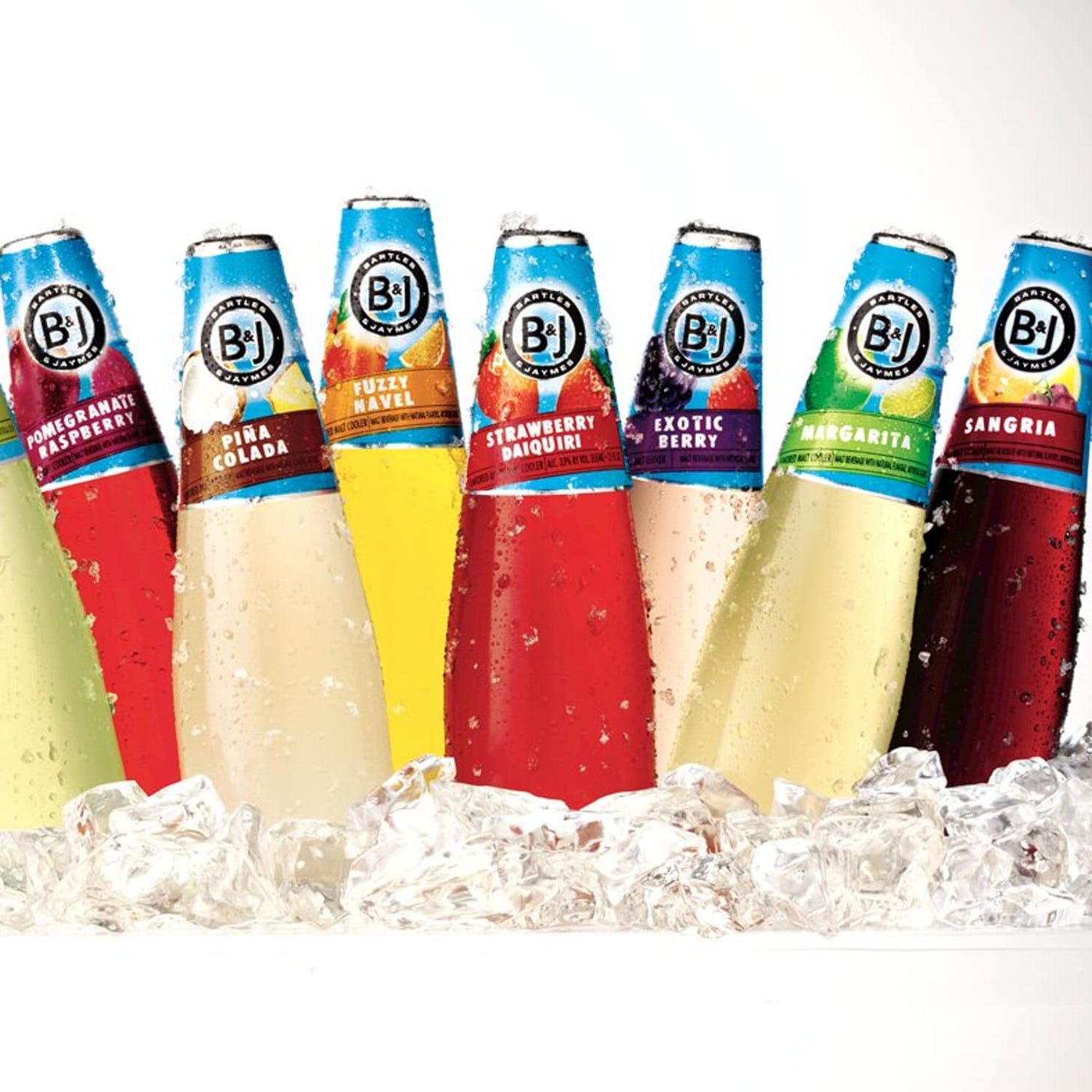Rethinking Happy Hour: Why I'm Pouring Less
This is a candid, research-backed journey into drinking less after learning of alcohol's hidden risks.
The first time I drank alcohol, it was vodka. It was New Year’s Eve of 2008 when my high school friend, Megan, invited me over to her stepmother’s home to enter 2009 with them. Did I know that Megan’s stepmother allowed her to drink underage if she supervised her? Yes. Did that entice me to go? Yes. Did my mother expect me to return home at 1:00AM sluggishly lying to her about only drunk Sprite and water that night? Of course not.
My mother strictly raised my siblings and me not to drink alcohol (although our father allowed us sips of Bartles & Jaymes wine cooler before we were eighteen). My last drink of alcohol was in mid-January of this year. A date night at an exclusive DJ party in Downtown Houston was the vibe. As with many outings, holding an Old Fashioned felt more socially acceptable than a bottle of water.
Be honest…when did you first sip one of these? The Old Fashioned has always been a favorite cocktail of mine, namely for its ease of creation and intense flavor. The sixteen years between these two drinks are filled with happy hours, graduations, parties, vacations, Cinco de Mayo, bottomless brunches, lonely evenings, and an Oktoberfest each with the same quench for spirits. Since the release of Dr. Vivek Murthy’s Surgeon General’s Advisory on Alcohol and Cancer Risk on January 3, 2025, I consider if one more round of shots is needed.
The Surgeon General’s Advisory highlights alcohol consumption as a leading preventable cause of cancer. Since the 1980s, health professionals have studied the link between these two factors. There is now clear evidence showing how alcohol use increases the risks for at least seven cancers including liver, colorectal, throat, and breast cancer in women.
The advisory explains how over 741,000 cancer cases globally and nearly 20,000 alcohol-related cancer deaths were linked to drinking in 2020. American’s awareness of cancer risks is startling. A 2019 survey showed that only 45% of Americans recognized alcohol as a risk factor to cancer compared to the 89% or higher who recognized radiation exposure and tobacco use. Experts are cautious of any alcohol consumption as even one drink poses an increase in cancer risks.
Ethanol, found in all alcoholic beverages, is the biological culprit of cancer in these cases. After alcohol is consumed, the body breaks it down into acetaldehyde. Acetaldehyde damages DNA in cells and may result in uncontrolled cell growth, hence cancer cells. Alternatively, alcohol breakdown creates other substances, like reactive oxygen species, within the body, leading to inflammation and DNA destruction or alteration.

Reports concluded that long-term quitting or reduced drinking significantly decreases alcohol-related cancers in most populations. However, because of varying genetic, environmental, and social factors, everyone’s risk for cancer is different.
The advisory shares these actions to keep Americans informed of these risks:
Updating current Surgeon General’s health warnings with the risk of cancer from alcohol.
Changing the alcohol consumption limits which currently states two or less drinks for men and one or less drinks for women in one day.
Spread the awareness of alcohol as a cancer risk agent.
Reflect whether to drink or how much to consume.
There are acute and longstanding benefits to an alcohol-free lifestyle. These benefits have always been an instinctive understanding of mine. However, a glass of wine is always offered to, and appreciated by, any guests of mine at home.
I am a social drinker, roughly consuming about two or three drinks a week namely when meeting or making friends. It is important to note that I do not drink every week. As 2025 continues, I will take on the challenge and choose not to drink. In this four-part series, I’ll track the decisions and information I learn as I end…or lessen drinking. Hopefully, pieces of the information I share here will be helpful to you and our community.






